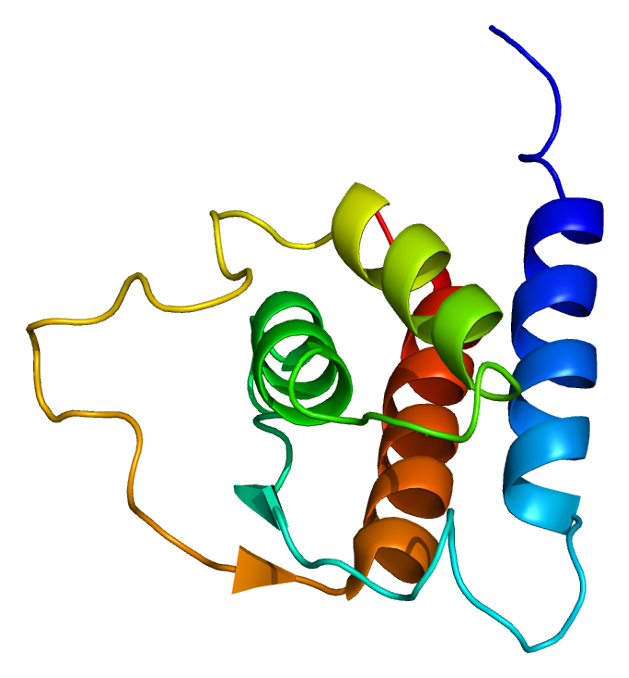Blog Post
Unveiling the Potential of Interleukin 25 in Immunomodulation
Introduction:
Interleukin 25 (IL-25), also known as IL-17E, is a cytokine that plays a crucial role in regulating immune responses and maintaining immune homeostasis. In this blog post, we’ll explore the diverse functions of IL-25, its impact on allergic and inflammatory conditions, and its potential as a therapeutic target. Join us as we delve into the fascinating world of IL-25 and its implications in immunology and disease.
Functions of IL-25:
IL-25 is primarily produced by epithelial cells in barrier tissues such as the lungs, skin, and gastrointestinal tract. It exerts its effects on various immune cells, including T helper 2 (Th2) cells, eosinophils, and mast cells. IL-25 promotes the production of cytokines associated with Th2 responses, such as IL-4, IL-5, and IL-13, leading to the activation of eosinophils and the induction of allergic inflammation. Additionally, IL-25 has been shown to regulate intestinal immune responses and contribute to mucosal immunity.
Role in Allergic and Inflammatory Conditions:
IL-25 is intimately involved in allergic diseases such as asthma, allergic rhinitis, and atopic dermatitis. It promotes Th2 cell differentiation and activation, contributing to the production of IgE antibodies and the recruitment of eosinophils to inflamed tissues. Moreover, IL-25 enhances the barrier function of epithelial cells and modulates the inflammatory microenvironment in allergic conditions. Understanding the role of IL-25 in allergic responses is crucial for developing targeted therapies for allergic diseases.
Therapeutic Potential:
The immunomodulatory properties of IL-25 make it an attractive target for therapeutic interventions in allergic and inflammatory disorders. Strategies aimed at blocking IL-25 signaling or neutralizing its effects have shown promise in preclinical studies and clinical trials. By targeting IL-25, researchers aim to dampen allergic inflammation, improve disease outcomes, and provide relief to patients suffering from allergic conditions.
Future Directions:
Ongoing research is focused on elucidating the precise mechanisms of IL-25 signaling and its interactions with other cytokines and immune cells. Novel therapeutic approaches, including biologics and small molecules targeting IL-25, are being explored for their efficacy and safety in clinical settings. Collaborative efforts between immunologists, clinicians, and pharmaceutical companies are essential for advancing our understanding of IL-25 biology and translating this knowledge into effective therapies.
Conclusion:
Interleukin 25 (IL-25) emerges as a key regulator of immune responses, particularly in allergic and inflammatory conditions. By unraveling the intricate functions and therapeutic potential of IL-25, researchers aim to develop targeted therapies that modulate immune responses and improve outcomes for patients with allergic diseases. Stay informed about the latest IL-25 research and its implications for immunology and therapeutic innovation.


